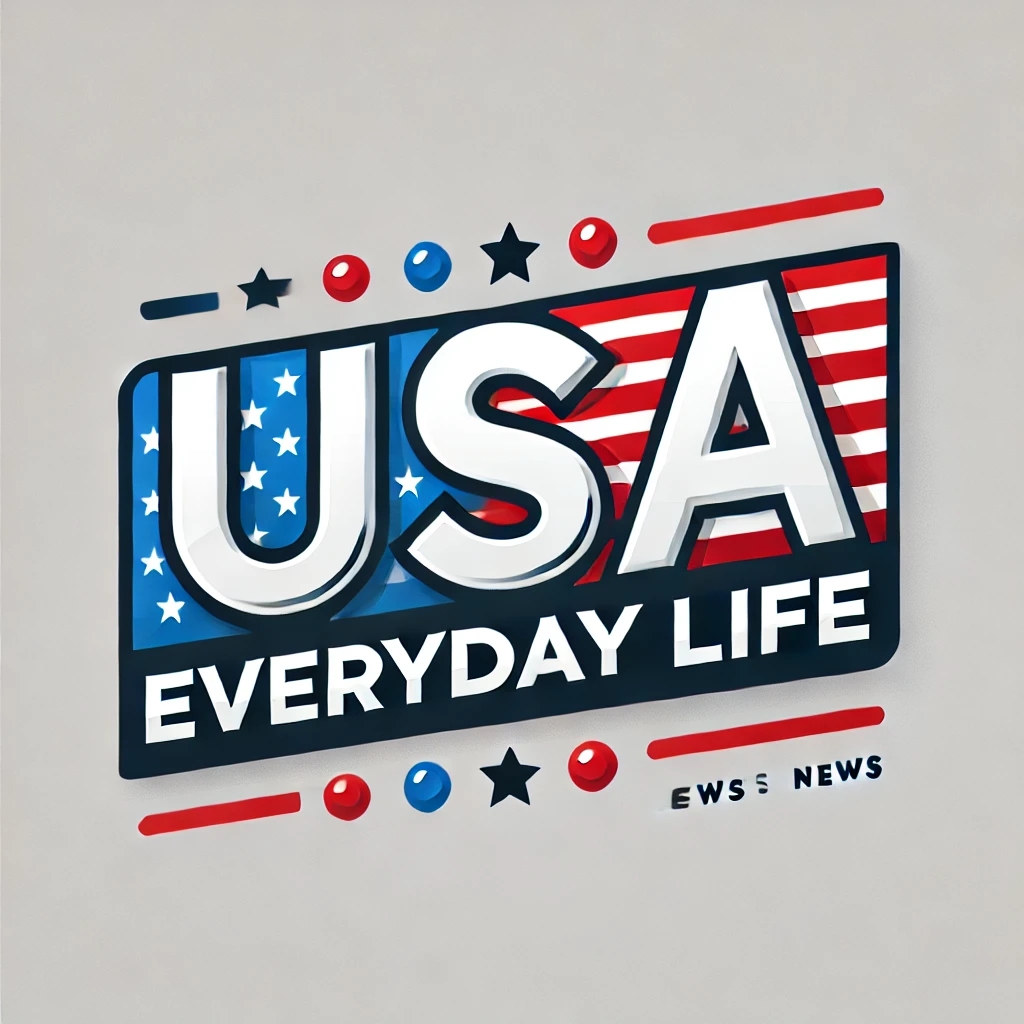People shop for dairy products at a supermarket in Monterey Park, California on September 9, 2025.
Frederic J. Brown | Afp | Getty Images
Wholesale prices surprisingly fell slightly in August, providing breathing room for the Federal Reserve to approve an interest rate cut at its meeting this month, according to a Bureau of Labor Statistics report Wednesday.
The producer price index, which measures input costs across a broad array of goods and services, fell 0.1% for the month, after a sharp increase in July and well off the Dow Jones estimate for a 0.3% increase.
Core PPI, which excludes volatile food and energy prices, also was off 0.1% after being expected to increase 0.3% as well.
The release comes a week ahead of when the central bank’s Federal Open Market Committee releases its decision on its key overnight borrowing rate.
Futures market pricing implies a 100% probability that the committee will approve its first rate cut since December 2024, though the PPI release and a consumer price reading tomorrow are being watched closely for indications of whether policymakers will follow through.
Services prices, a key metric for the Fed when evaluating the stance of monetary policy, posted a 0.2% drop, helping drive wholesale inflation lower. A 1.7% slide in prices for trade services was the primary impetus, with margins for machinery and vehicle wholesaling tumbling 3.9%.
Goods prices did increase, but just 0.1% as core prices increased 0.3%. While final demand food costs were up 0.1%, energy was off 0.4%.
Though inflation remains well above the Fed’s 2% target, officials have expressed confidence that easing housing and wage pressures will push prices lower, if only gradually.
The Fed has resisted rate cuts this year as officials monitor the impact from President Donald Trump’s aggressive tariffs against U.S. imports. Tariffs historically have not been a lasting cause of inflation, but the broad-based nature of Trump’s moves have raised concern that this episode could be different.
Tobacco products, which are impacted by tariffs, jumped 2.3% in August.
For his part, Trump has badgered the Fed to lower rates, insisting that tariffs will not be inflationary and the economy needs lower rates both to spur growth and to cap financing costs for the swelling national debt.
Concerns have been rising at the Fed over the employment picture while inflation fears have abated. A BLS report Tuesday indicating that the economy created nearly 1 million fewer jobs than initially reported in the year preceding March 2025 raised worries that the labor market is in trouble even as Fed officials consistently have characterized the picture as “solid.”
The Fed meeting next week will feature both a rate decision and an update on where officials see the economy and interest rates headed in the future.
This is breaking news. Please refresh for updates.
